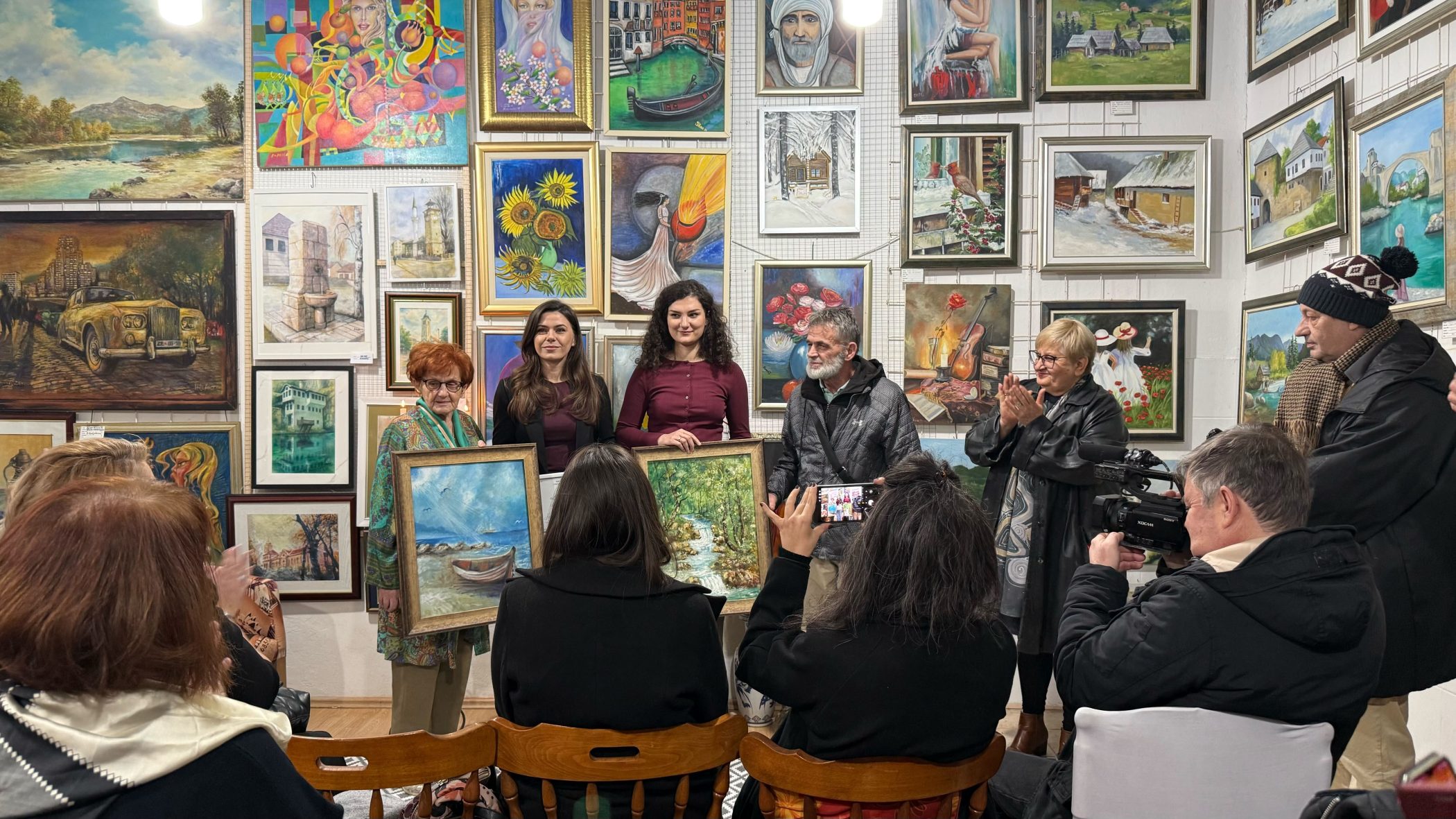This post is also available in: Bosnian
Testifying in former Bosnian Serb military chief Ratko Mladic’s defence, a pathologist argued that bodies of victims exhumed from the Tomasica mass grave near Prijedor could have died in battle.
Pathologist Zoran Stankovic told the UN war crimes court in The Hague on Tuesday that a new expert evaluation should be carried out on the bodies exhumed from the mass grave in a nine in Tomasica because of discrepancies in findings prepared by the prosecution’s pathologist.
Stankovic said he had seen 10 discrepancies between the findings prepared by prosecution pathologist John Clark and autopsy reports completed by pathologists in Bosnia and Herzegovina.
“Either an adjustment or a new evaluation is needed,” Stankovic said.
Prosecution pathologist John Clark told Mladic’s trial last year that 293 bodies dressed in “everyday clothes”, without uniforms, were exhumed from the mine in 2013 and that the vast majority of them had injuries caused by firearms.
The Hague prosecution is trying to prove that the Bosnian Serb Army killed hundreds of Bosniaks and buried them in Tomasica and Jakarina Kosa in 1992.
But Stankovic said that the fact that a large number of the victims were shot in the head or chest could also possibly suggest that they died in a firefight.
“This is a usual finding in the case of a battle or execution,” he said.
As regards the victims who were shot in the nape of the neck or in the back, Stankovic said it was possible that they could have been executed, but they could also have been killed in “a combat environment”.
Mladic is on trial for genocide in seven Bosnian municipalities, Prijedor among them. He is also charged with the genocide of Bosniaks from Srebrenica, the persecution of non-Serbs, terrorising the population of Sarajevo and taking UN peacekeepers hostage.
Commenting on Clark’s findings that all the victims were dressed in civil clothes, Stankovic said: “You cannot determine whether a person was a soldier or not on the basis of their clothes… The Bosnian Army still did not have uniforms in July 1992 .”
Stankovic will continue testifying on Wednesday.

